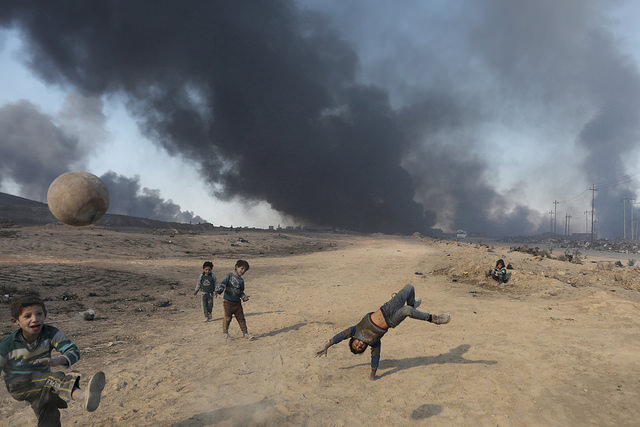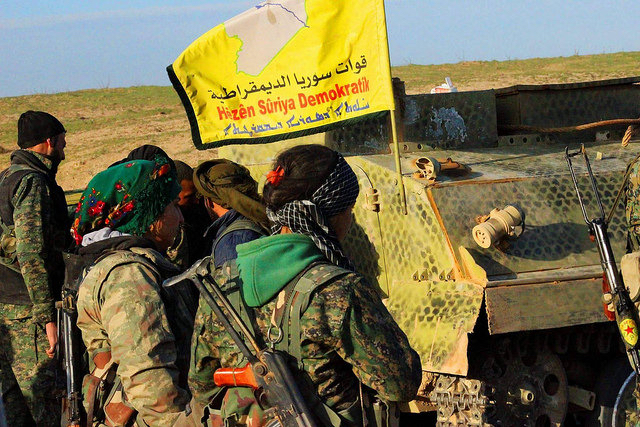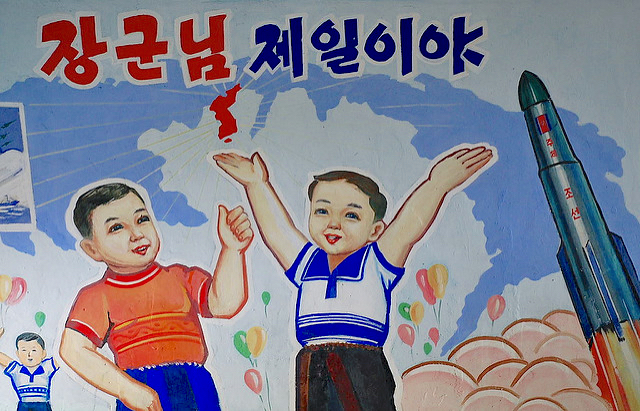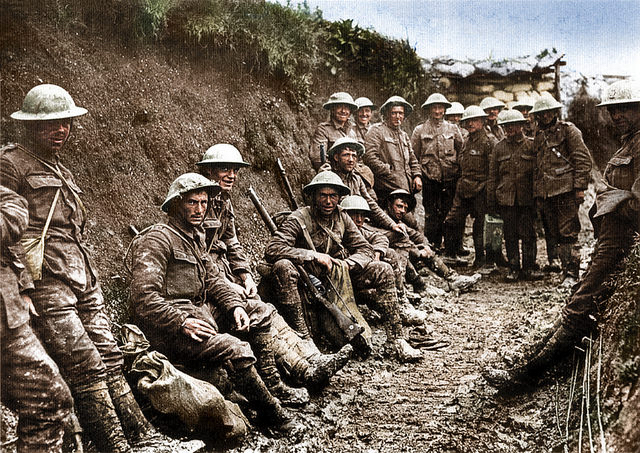The largest camp housing Iraqis who fled the battle to recapture Mosul lies next to oil fields scorched by ISIS. The oil fields are still emitting toxic fumes that are sickening the camp’s residents.
QAYYARAH, Iraq – On the 1.2-mile stretch of plastic tarp tents that makes up the Qayyarah Airstrip displacement camp, almost everyone is coughing, sick or complaining about smoke.
“I’ve been coughing endlessly for almost a month,” says Abdullah, a 30-year-old from Tel Abta, pointing to a needle stuck in his hand – a treatment given to him at one of the nearby hospitals in Qayyarah.
“Everyone is sick,” he continues. “Children with small bodies that are still growing are breathing the smoke – so are pregnant women.”
Not far away is the culprit: an unnaturally gray cloud pluming over the horizon. In July last year, militants of the so-called Islamic State (ISIS) planted improvised explosive devices (IEDs) in Qayyarah’s oil wells and shot at them with sniper rifles, causing extraordinary explosions and 25 oil fires whose smoke concealed the sky for months.
Though the fires were originally intended to deter coalition airstrikes, they later became a ground tactic to thwart the U.S.-backed Iraqi security forces as they advanced on the town in the beginning of the push to recapture Mosul from the insurgent group last October.
Since then more than 300,000 people have been displaced, and the battle has moved into densely populated areas in the west of the city.
In March, eight months into the offensive, two of the original 25 fires were still ablaze. Firefighters from Iraq’s North Oil Company continue to pummel the persistent flames with water, in what has been nicknamed Iraq’s “second front” in the war against ISIS.
Overhead, black smoke blocks the sunlight, making it difficult to work. Some fires are impossible to reach until the approximately 200 IEDs planted by ISIS militants around the flames before their retreat are dismantled.
The unusual mix of toxins in the oil fires means that the workers, 15,000 residents of Qayyarah and nearly 50,000 people sheltering in the nearby U.N.-run displacement camp have become accustomed to the ubiquitous black tar. Every day, they breathe in toxic gases that hang heavy in the air long after the fires are extinguished.
In early March, an attempt to extinguish one of these gas leaks inadvertently caused an explosion, sending a fresh plume of black smoke into the air, injuring dozens – and killing one of the firefighters who had been fighting the flames for months.
“After the most recent explosion, we saw many cases of shortness of breath, and even suffocation,” Dr. Wael, one of the doctors in a recently resurrected hospital in Qayyarah district, told Refugees Deeply.
“Over the past eight months, I’ve seen patients who claim that they have never smoked in their lives come in with their lungs coated in tar.”
Dr. Wael has treated both residents of Qayyarah and people staying in displacement camps for smoke-related symptoms. He says that the displaced population are at a unique disadvantage due to the living conditions in the camp.
“Of course, the first – and most important thing – is for those leaving Mosul to escape Daesh, and live in safety,” he says, using the Arabic acronym for the so-called Islamic State.
“But now they’re sick from the smoke, of course, but also the conditions that they are living in at the camps,” Dr. Wael continues, lowering his voice. “They’re wearing the same clothes, and using the same blankets for months – some of them are even using the toilets in the same place that they get their drinking water.”
In addition to living in hastily constructed and often squalid living conditions at the camp, its residents also have little access to medical care. Due to strict regulations on checking for ties to ISIS – particularly for military-aged men – many are not allowed to leave the camp for at least one month.
While there are medics and medical facilities in the camp, run by international organizations such as Medicins Sans Frontieres (MSF), most are designed for basic first aid and are not equipped to treat the specific symptoms from which many in Qayyarah are suffering. Other camp residents are deterred from going to the hospital due to the cost of treatment or the lack of available transportation.
“We are trying to treat as many people as we can, but I know there are many people we can’t reach,” Dr. Wael says.
While the location of the camp in Qayyarah raises serious health concerns, it is not easy to find space suitable for such a mass displacement in Iraq. The U.N. refugee agency has built 11 camps around Mosul, with two more under construction. The land needs to be far enough from the front line to be deemed safe, yet close enough that those fleeing by foot can reach a place of refuge. The area needs to be checked for – and cleared of – land mines, which ISIS frequently leaves behind as they retreat. It must also be large enough to house tens of thousands of people.
After the initial relief of escaping from ISIS, many residents of Qayyarah camp are beginning to wonder how long they will have to endure the camp’s conditions.
“It was bad enough that we had to experience the worst of ISIS,” Hadia, Abdullah’s wife says. “Now we can’t even breathe.”
This article originally appeared on Refugees Deeply, and you can find the original here. For important news about displacement and forced migration, you can sign up to the Refugees Deeply email list. Photograph courtesy of El Gee Cafe. Published under a Creative Commons license.





